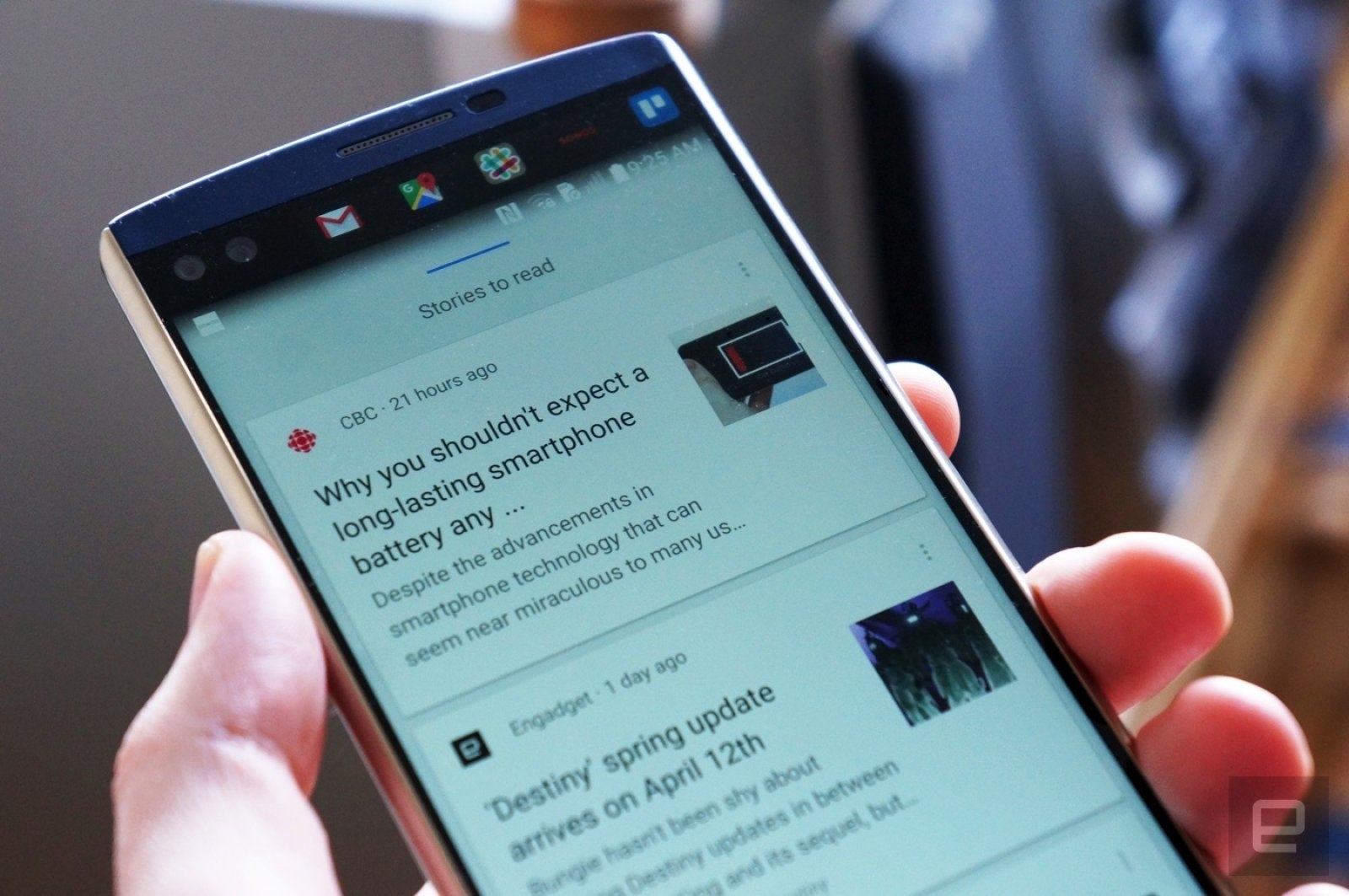It’s no secret that Google and conventional news outlets have a fraught relationship, and that’s in no small part due to the problems publishers have turning Google searchers into paying customers. Why subscribe when you just read an article for free? It might soon give you more incentives to sign up, though. The company is conducting tests with the New York Times and Financial Times that would encourage and streamline subscriptions. They’re not necessarily good if you prefer free news, but they might influence your decision if you’re sitting on the fence.
Most notably, Google would help publishers find out who might subscribe, determine how much those people are willing to pay and accelerate the subscription process. While it’s not clear exactly how this would work, the company tells Bloomberg that it would involve both ad targeting and mobile payment services. Don’t be surprised if you can skip some of the usual hassles involved in paying for access.
Google is also experimenting with lowering the number of articles you can read for free on a given site when you click its stories in search results. The internet giant currently requires that news sites offer at least three free articles per day if they want to sign up for more prominent positioning, but it’s testing lower numbers to see how well they work. You should hear more about this in September.
There’s no guarantee that any of this will help, of course — there’s a good chance that many people will simply avoid reading subscription-focused sites altogether instead of reading the few pieces they do today. However, this might help ease tensions with those publishers who argue that Google has a grudge against any content it can’t show (and run ads against) on its search pages. If nothing else, it’ll help answer whether or not there’s much Google can do to cajole you into subscribing.
Update: Google tells us that it isn’t testing anything yet regarding subscriptions — it’s still “very early days” for that, a spokesperson says, and the company is holding discussions with publishers. The only experiments going on right now are with free access to articles.
(34)

